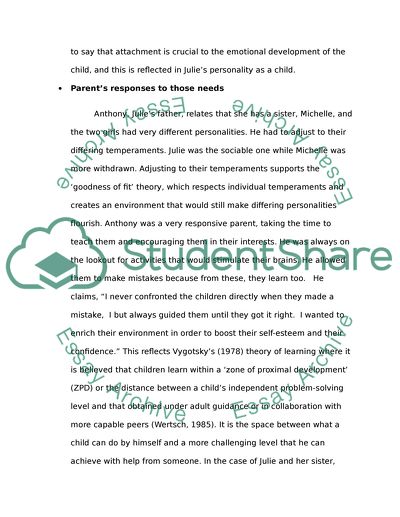Cite this document
(“Relationship Between Parent and Child Essay Example | Topics and Well Written Essays - 3000 words”, n.d.)
Retrieved from https://studentshare.org/family-consumer-science/1395316-interview-a-parent-and-write-about-the-parent
Retrieved from https://studentshare.org/family-consumer-science/1395316-interview-a-parent-and-write-about-the-parent
(Relationship Between Parent and Child Essay Example | Topics and Well Written Essays - 3000 Words)
https://studentshare.org/family-consumer-science/1395316-interview-a-parent-and-write-about-the-parent.
https://studentshare.org/family-consumer-science/1395316-interview-a-parent-and-write-about-the-parent.
“Relationship Between Parent and Child Essay Example | Topics and Well Written Essays - 3000 Words”, n.d. https://studentshare.org/family-consumer-science/1395316-interview-a-parent-and-write-about-the-parent.


